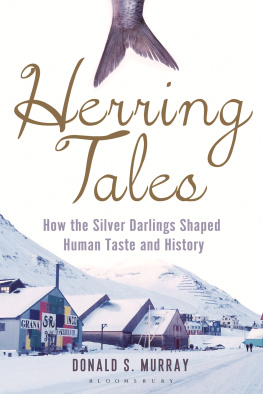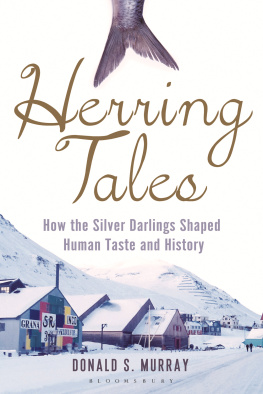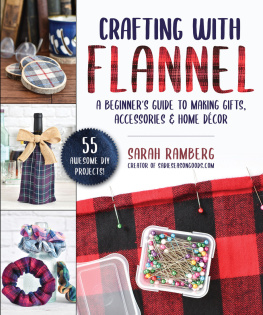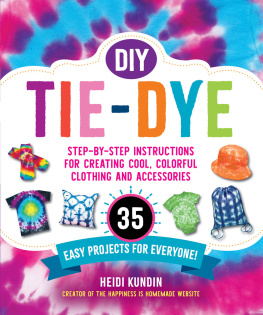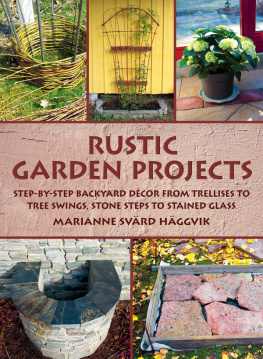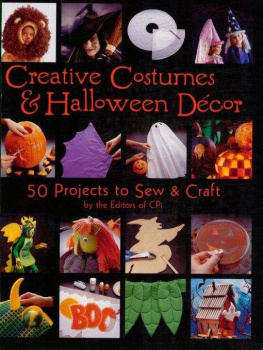
Text and photographs copyright 2017 Allison Murray. Design and concept copyright 2017 Ulysses Press and its licensors. All rights reserved. Any unauthorized duplication in whole or in part or dissemination of this edition by any means (including but not limited to photocopying, electronic devices, digital versions, and the Internet) will be prosecuted to the fullest extent of the law.
Published in the United States by:
Ulysses Press
P.O. Box 3440
Berkeley, CA 94703
www.ulyssespress.com
ISBN: 978-1-61243-654-8
Library of Congress Catalog Number 2016950671
10 9 8 7 6 5 4 3 2 1
Acquisitions editor: Casie Vogel
Managing editor: Claire Chun
Editor: Lauren Harrison
Proofreader: Shayna Keyles
Front cover design: Michelle Thompson
Interior design: Jake Flaherty
Photos: Allison Murray except pages 74, 90, 107, 111, 115 Robert Andes
Distributed by Publishers Group West
IMPORTANT NOTE TO READERS: This book is independently authored and published and no sponsorship or endorsement of this book by, and no affiliation with, any trademarked brands or other products mentioned or pictured within is claimed or suggested. All trademarks that appear in this book belong to their respective owners and are used here for informational purposes only. The author and publisher encourage readers to patronize the quality brands and products pictured and mentioned in this book.
Table of Contents
Guide
Contents
I come from a family of makers. On any given weekend Id sit on the storm cellar door and paint birdhouses bright colors that I made with my Poppa. I might then go inside and grab a hook and some yarn while my Mimmie would continue teaching me what would wind up being one of my favorite crafts, crochet. Id go back home to my parents on Sunday, where I might watch my mother plan the next craft project for our little Busy Bee craft club. Then in the evening Id watch my dad build any number of things on the dining room table. With so much creativity coming from the ones who loved me and raised me it was inevitable Id become a maker myself.
As a young adult, I got a degree in graphic design, which led to a 9 to 5 job that soon included a daunting amount of overtime. One day I got laid off. With few offers on the table, I made the best investment of my life and started my craft blog, dreamalittlebigger.com.
It took quite some time for me to discover alcohol ink. The only reason I ever purchased a set of these little bottles was because I remembered a project from childhood where I blew paint or something around with a straw. As I remembered it, that was dang fun. A little bit of research led me to lots and lots of videos of people crafting with alcohol ink, blowing it around withyou guessed ita lot of lung power and some plastic straws. My very first project had me hooked. A lover of bright colors, I transformed a clear acrylic tray into something amazingly unique and ridiculously cheerful.
Now I adore crafting with alcohol inks. These diminutive bottles filled with all of the colors of the rainbow may seem limited in their craft range, but I promise you they are anything but. Im so very excited that today youre going to learn how to fancy up your life and home with creative projects for art, furniture, fashion, gifts, and decor. I hope you enjoy diving into these projects so that you, too, can live a colorful makers life!

WHAT ARE ALCOHOL INKS?
Alcohol ink comes in small bottles, often in sets of three colors that complement each other well. This is especially convenient for achieving amazing color in your projects, especially if pairing colors doesnt come naturally to you.
The bottles seem tiny, especially in relation to the price, but each one packs a punch of highly saturated, deeply vibrant color, and each little bottle goes a very, very long way. For example, to make all of the projects in this book, I used approximately 14 bottles of ink, and that includes my failed attempts with lackluster results that didnt make the cut, and huge items like an updated chair!
Alcohol ink is a dye solution, giving it a very liquid, free-flowing consistency. They are acid-free and dry quite quickly, making tackling a quick little project totally doable in a short amount of time.
WHAT CAN I USE ALCOHOL INKS ON?
Alcohol inks are intended for and work very well on nonporous surfaces. These items are often called substrates and often include glass, glossy paper, plastic, metal, ceramics, and acrylic, such as plexiglass.
As I tend to do with all craft supplies, I like to push the envelope and try things that arent necessarily intended, which means expanding our use of alcohol inks onto porous surfaces. In this book youll find projects using the ink on fabric, such as shoes, and using spray primer coating to make for porous surfaces the ink can easily absorb into, because Im a rebel like that.



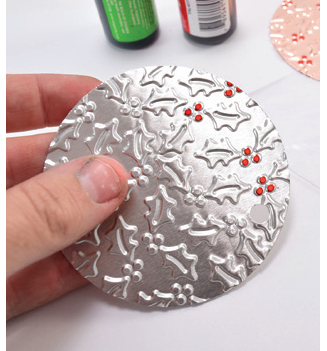
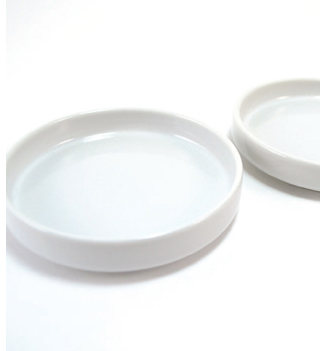
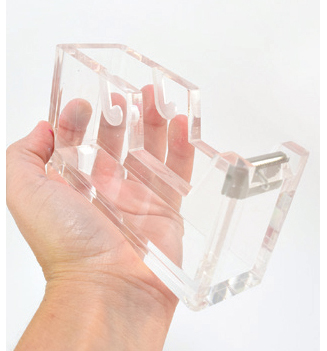
In my experience there is a very visible difference in using a nonporous surface, like glass, versus a porous surface, like watercolor paper, with alcohol inks. The ink will rest on top of nonporous surfaces, drying into bright and vibrant colors. When used on something porous, the inks will seep into and dry within the material, making more muted, sometimes pastel colors. In my opinion, both methods and results have their place.
When you increase the number of things that you use alcohol inks on, you increase their use and therefore their value considerably. Suddenly these little bottles sold in the scrapbooking section can be used to not just scrapbook, but also to update your wardrobe, decorate your home, create beautifully unique gifts, and make the decor for your holiday festivities packed with color.

HOW DO I PROTECT MY WORK SURFACE?
Due to their highly pigmented nature, once they dry, alcohol inks are difficult to remove with water. It is pretty much impossible to remove alcohol inks from porous surfaces, such as wood. It is advisable to always cover your work surface to prevent permanent damage. Paper is good for working directly on, but as it is also porous, the ink will eventually seep through to your tabletop or work surface below. Acrylic sheets, a material made from plastic and acrylic acid and often sold at craft stores, will prevent any alcohol ink from reaching the surface below, so long as it covers the entire area you are working with. Because my projects are often of a larger scope, I tend to use one or two pieces of glossy poster board or plexiglass underneath butcher paper, with great results. If any large pools of ink occur, be safe and check that it isnt quickly seeping through to your work surface.


